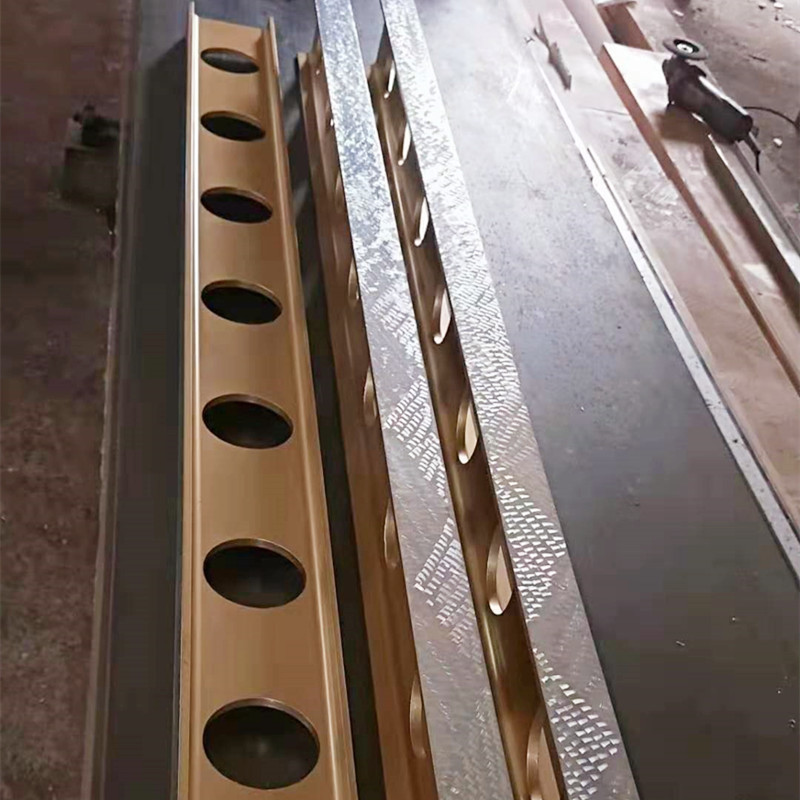nov . 13, 2024 18:07 Back to list
hydraulic ball check valve
Understanding Hydraulic Ball Check Valves Function, Applications, and Benefits
Hydraulic systems are essential in various industries, facilitating efficient power transfer through fluid motion. Among the critical components in these systems are check valves, and more specifically, hydraulic ball check valves. This article delves into what hydraulic ball check valves are, how they function, their applications, and the benefits they offer.
A hydraulic ball check valve is a type of one-way valve designed to prevent backflow in a hydraulic system. This valve utilizes a spherical ball as the closing element. When fluid flows in the intended direction, the ball is pushed away from the seat, allowing fluid to pass through. If there is any reverse flow, the ball is forced against the seat, sealing the valve tightly to prevent any backflow. This mechanism ensures that hydraulic systems remain efficient and protect sensitive components from damage caused by reverse pressure.
The design of hydraulic ball check valves is relatively simple yet highly effective. These valves are commonly made from durable materials like stainless steel, brass, or plastic, depending on the application and the type of fluid being handled. The ball is often designed to be free-floating to allow easy movement in response to changing pressures. Additionally, the valve body is typically machined to precise tolerances to ensure a proper seal.
Hydraulic ball check valves are used across various industries, including construction, manufacturing, automotive, and marine applications. In construction, for example, these valves are integral to hydraulic excavators, ensuring that hydraulic fluid flows efficiently to the boom, arm, and bucket without allowing backflow that could decrease performance or lead to system failure. In manufacturing, hydraulic lifts, and presses utilize these valves to maintain pressure and ensure safety during operation.
hydraulic ball check valve

One of the primary advantages of hydraulic ball check valves is their ability to maintain flow integrity. By preventing backflow, these valves help maintain the pressure within hydraulic circuits, which is critical for the operation of hydraulic machinery. Furthermore, the robust design of ball check valves contributes to their longevity and reliability, reducing maintenance needs and downtime.
Another significant benefit is the reduced risk of damage to hydraulic components. Backpressure can lead to increased wear and tear on pumps, hoses, and other components, leading to costly repairs or replacements. By incorporating hydraulic ball check valves into the system, operators can protect their machinery from the detrimental effects of backflow.
Moreover, hydraulic ball check valves are available in various sizes and designs to meet specific operational needs. Whether in a small hydraulic unit or a large-scale industrial application, there is a ball check valve suitable for the job. This versatility allows for easy integration into existing systems or the design of new systems.
In summary, hydraulic ball check valves play a vital role in ensuring the efficiency and reliability of hydraulic systems. Their simple yet effective operation prevents backflow and enhances the longevity of hydraulic components. With applications spanning across various industries, these valves are an indispensable part of modern hydraulic engineering. For those involved in the design and maintenance of hydraulic systems, understanding the function and benefits of hydraulic ball check valves is crucial for achieving optimal performance and reliability in their operations.
-
Thread Micrometer Set FeaturesNewsJul.04,2025
-
Right Angle Ruler Tool for WoodworkingNewsJul.04,2025
-
Precision Frame Level Calibration StepsNewsJul.04,2025
-
Magnetic Vee Block MaterialsNewsJul.04,2025
-
Heavy Duty Ground Anchors in MiningNewsJul.04,2025
-
Features of Welding Table Cast IronNewsJul.04,2025
Related PRODUCTS









